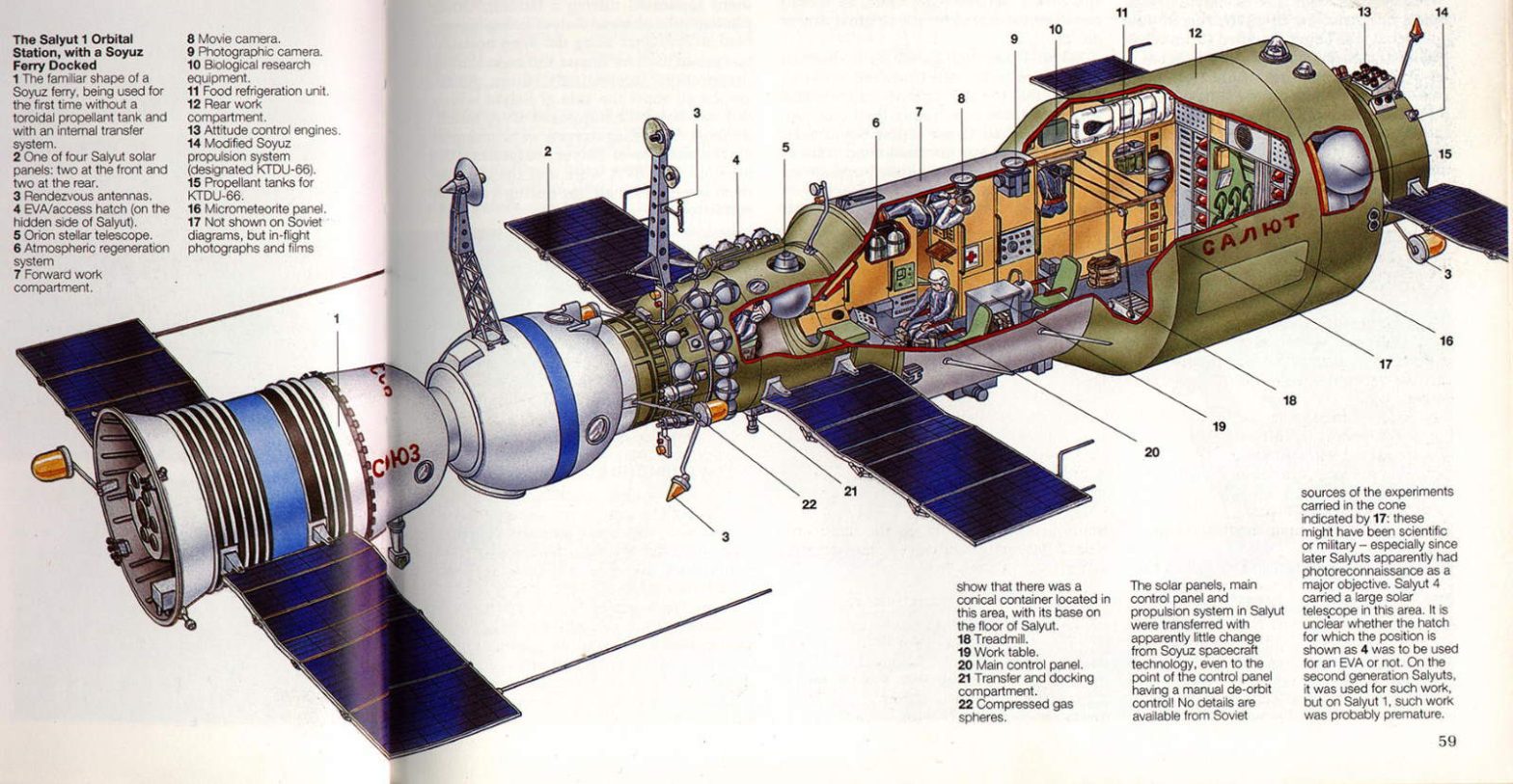On April 19, 1971, the world’s first space station, Salyut 1 (DOS-1, also referred to in documents as “Product 17K” or No. 121) was launched into space by the Soviet Union.
Today’s (April 19) story of what happened this day in Science, Technology, Astronomy, and Space Exploration history.
Salyut 1
Salyut 1 operated into low Earth orbit at an altitude of about 210 km (130 mi, see notes 1). Despite being in space for only 175 days (it was deorbited on October 11, 1971) and occupied only 24 days, the design of Salyut 1 would endure, and its descendants are still in space, including Tianhe, the core module of China’s Tiangong Space Station.
Salyut 1 originated as a modification of the Soviet military’s Almaz space station program that was then in development. After having been beaten by the United States in the moon race (Apollo 11 landed on the Moon in July 1969), the Soviet Union began shifting the primary emphasis of its crewed space program to orbiting space stations. Salyut 1 was a crash program to launch a space station before the United States could launch their Skylab.
Skylab was the first U.S. space station, launched into Earth orbit on May 14, 1973.
While Almaz was still in development (it was already years behind the schedule), a group of Soviet space engineers proposed taking the basic hull of the Almaz, which had already gone through testing, and fitting it with existing working hardware to make a space station as quickly as possible. And the Salyut 1 was born.
Technical specifications and parts of Salyut 1
- Weight: 18,425 kg (40,620 lb)
- Length: ~20 meters (66 feet)
- Diameter: ~4 meters (13 feet)
- Pressurized volume: 99 m3 (3,500 cu ft)
- The number of solar arrays: 4 (with a total area of 28 square-meter).
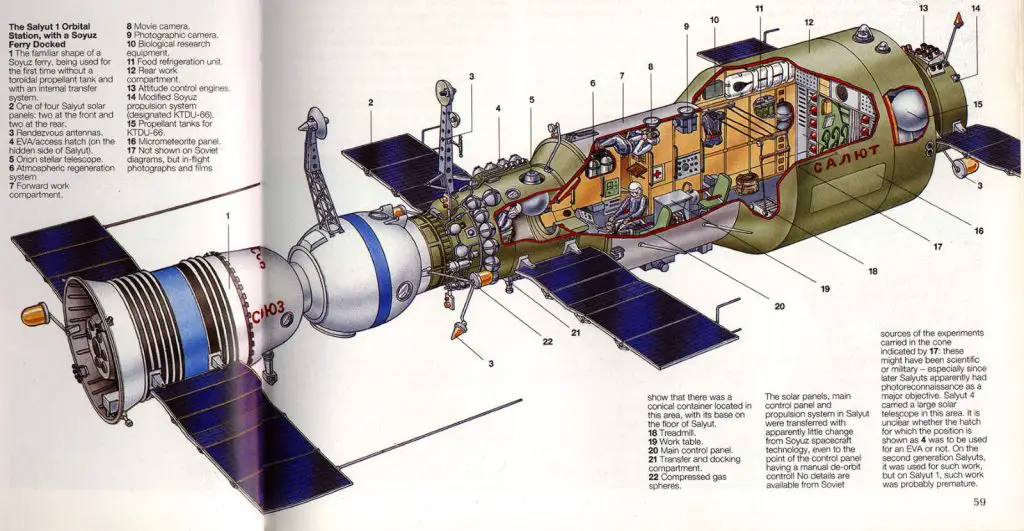
- Soyuz ferry. The familiar shape of the Soyuz spacecraft was being used for the first time without a toroidal propellant tank and with an internal transfer system.
- One of four solar panels, two at the front and two at the rear.
- Rendezvous antennas.
- EVA (Extravehicular Activity) access hatch (on the hidden side of Salyut 1).
- Orion stellar telescope.
- Atmospheric regeneration system.
- Forward work compartment.
- Movie camera.
- Photographic camera.
- Biological research equipment.
- Food refrigeration unit. A large refrigerator and a food warmer enabled crews to have a larger selection of menu items than on the previous spacecraft.
- Rear work compartment.
- Attitude control engines.
- Modified Soyuz propulsion system (designated KTDU-66).
- Propellant tanks for KTDU-66.
- Micrometeorite panel.
- Not shown on Soviet diagrams, but in-flight photographs and films show that there was a conical container located in this area, with its base on the floor of Salyut 1.
- Treadmill. To counteract the effects of long-duration weightlessness, Salyut 1 crews used a treadmill and elastic bands to maintain muscle tone and wore special garments called Penguin suits with sewn-in elastic bands that provided a constant load on major muscle groups.
- Worktable.
- Main control panel.
- Transfer and docking compartment.
- Compressed gas spheres.
The solar panels, main control panel, and propulsion system in Salyut 1 were transferred with apparently little change from Soyuz spacecraft technology, even to the point of the control panel having a de-orbit control.
No details are available from Soviet sources of the experiments carried out in the cone indicated by 17. These might have been scientific or military, especially since later Salyuts apparently had photographic reconnaissance as a major objective. Salyut 4 carried a large solar telescope in this area.
It is also unclear whether the hatch in which the position is shown as 4 was to be used for an EVA or not. On the second generation Salyut space stations, it was used for such work, but on Salyut 1, such work was probably premature.
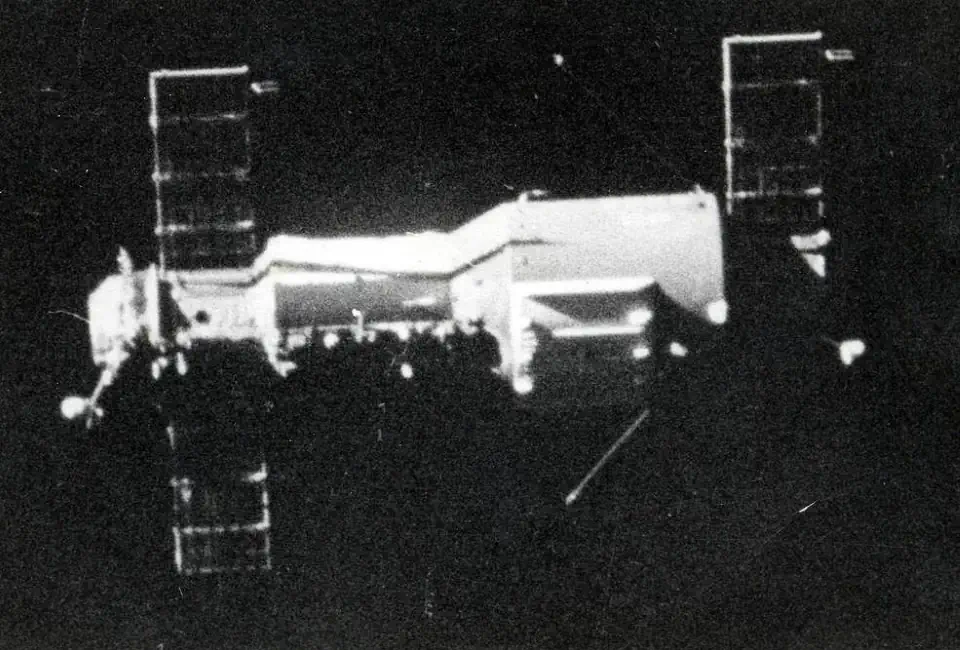
Soyuz 11 Disaster
Salyut 1 was visited by Soyuz 10 on April 24, 1971, and by Soyuz 11 on June 7, 1971. The hard-docking of Soyuz 10 failed and the crew had to abort this mission. The Soyuz 11 crew achieved successful hard docking and performed experiments in Salyut 1 for 23 days. They became the first crew to live and work on a space station.
However, the mission ended in disaster when the crew capsule depressurized during preparations for re-entry, killing the three-man crew.
The crew of Soyuz 11 was exposed to the vacuum environment above the Kármán line, which lies at an altitude of 100 km (62 mi; 330,000 ft) above the Earth’s sea level, and commonly represents the boundary between the Earth’s atmosphere and outer space. So technically, even to date, only three people have died in space: Georgiy Timofeyevich Dobrovolsky (b. June 1, 1928), Viktor Ivanovich Patsayev (b. 19 June 1933), and Vladislav Nikolayevich Volkov (b. November 23, 1935).
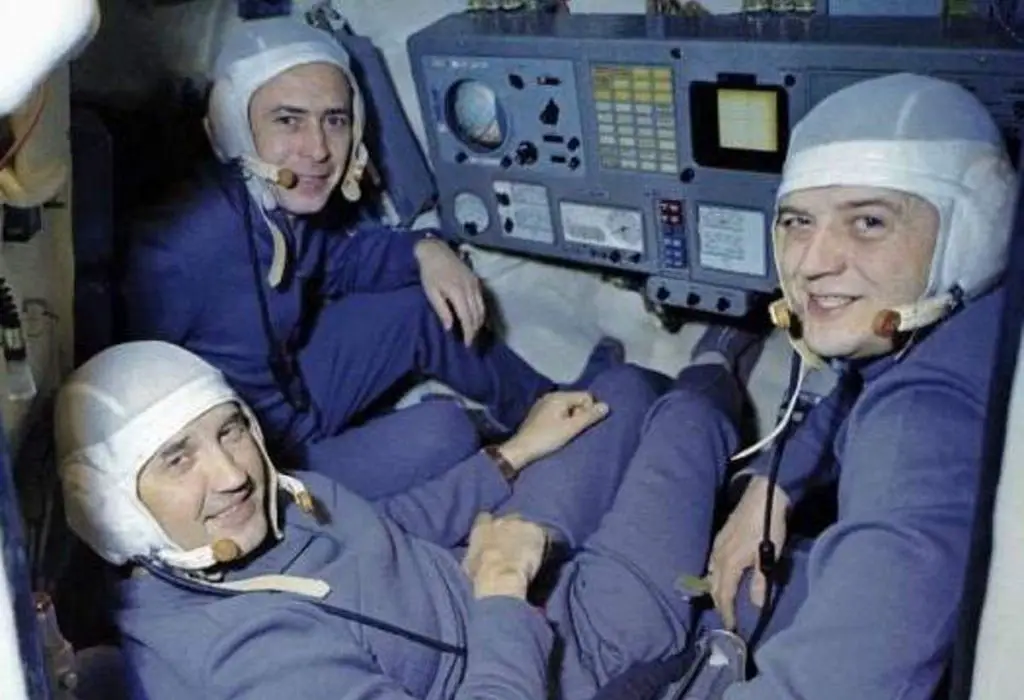
Related: Soyuz 11 Disaster (June 29, 1971)
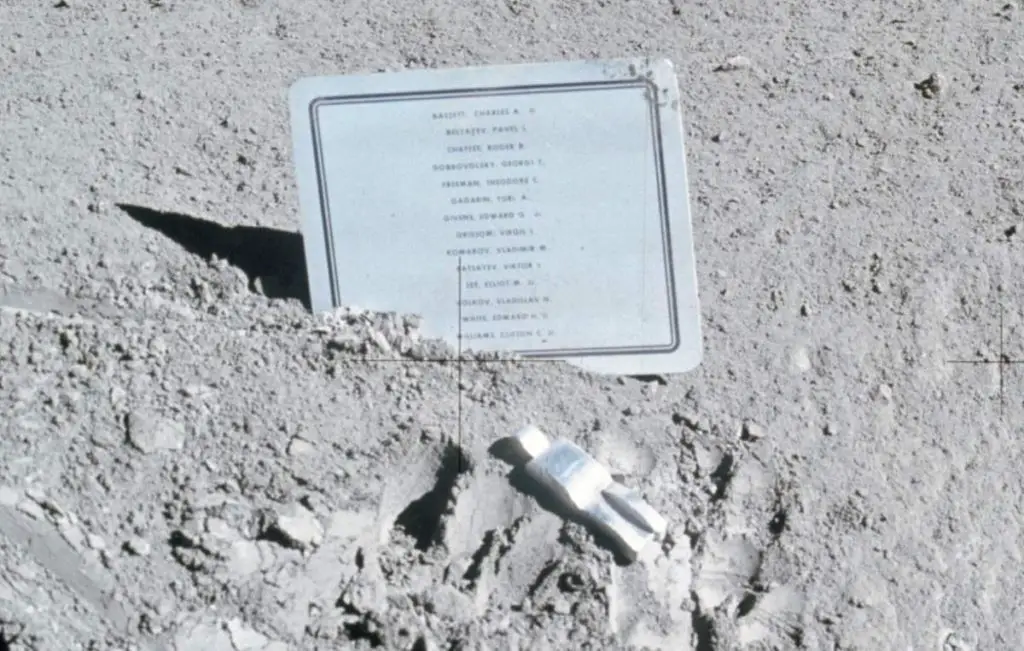
End of the Salyut 1 mission
On October 11, the deorbit engines of Salyut 1 were fired to lower its orbit and ensure prompt decay over the Pacific Ocean. After 175 days in space, the first real space station died.
On October 26, 1971, Soviet Communist Party’s official publication Pravda reported that the Salyut 1 tasks were carried out in 75 percent of the cases by optical means, in 20 percent by radio-technical means, and the small balance by magneto-metrical, gravitational, and other studies. Synoptic readings were taken in both the visible and invisible parts of the electromagnetic spectrum.
Notes
- Salyut 1’s perigee altitude was 200 km (124 mi) and apogee altitude was 222 km (138 mi). There are two apsides in an elliptic orbit. Each is named by selecting the appropriate prefix: ap-, apo- (away from), or peri- (near), then joining it to the reference suffix of the “host” body being orbited. The reference suffix for Earth is -gee, hence apogee and perigee are the names of the apsides for the Moon, and any other artificial satellites of the Earth. The suffix for the Sun is -helion, hence aphelion and perihelion are the names of the apsides for the Earth and for the Sun’s other planets, comets, asteroids, etc.
Sources
- Salyut 1 on Wikipedia
- Salyut 1 on the NASA website
- “Launch of Salyut 1, the World’s First Space Station” on the NASA website
- Moon Landings: All-Time List [1966-2025] - February 2, 2025
- What Is Max-Q and Why Is It Important During Rocket Launches? - January 16, 2025
- Top 10 Tallest Rockets Ever Launched [2025 Update] - January 16, 2025
